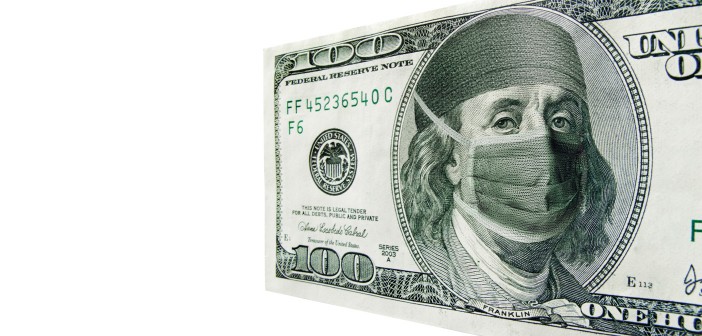The national debt and persistent budget deficits are a serious concern. At $19.8 trillion, or $165,500 per taxpayer, the U.S. national debt is at 105 percent of gross domestic product (GDP), a peacetime record. So long as the national debt grows faster than the economy, as it did in 2016, the debt-to-GDP ratio will only increase.
Increases in the national debt are largely being driven by increasing health care costs, particularly through the Medicare program. In 2016, approximately 30 percent of federal spending was used for healthcare, in contrast to only three percent in 1960. If the federal government was still spending three percent of its budget on healthcare, the $550 billion budget deficit in 2016 would have instead been a $500 billion surplus.
The federal Medicare program did not exist in 1960, illustrating that this program is largely responsible for the current budgetary situation. People often incorrectly blame Social Security and defense spending for the budget deficit. To see why this is incorrect, note that in 1960, Social Security was 13.4 percent of federal spending, compared to 23.3 percent in 2016. Reducing Social Security spending back to its 1960 level would not balance the budget. Defense spending was 50 percent of the federal budget in 1960 compared to 15 percent in 2016. This reduction in defense spending as a proportion of total federal spending saves the federal government $1.4 trillion per year.
The situation is similar on the state level. Currently, Health and Human Services comprises about half of our state budget; in 2000, it comprised about a third of it. If state-level health spending could be reduced back to a third of the state’s budget, it would free-up at least an additional $3.5 billion in revenue. This would more than cover the estimated $2 billion needed to properly maintain Michigan’s roads. If the rest went to higher education, it would increase state support of higher education back to what it was in the 1980s and the 1990s when tuition was much lower. As long as healthcare costs rise faster than the rate of inflation, which they have since the 1960s, healthcare spending will crowd-out other spending at the federal and state levels while being largely responsible for the federal budget deficit.
The U.S. currently devotes 17.6 percent of GDP to healthcare, which is, by far, more than any other country spends on healthcare. Yet, the U.S. does not experience a noticeable improvement in health outcomes, such as life expectancy, as a result of this additional spending. Developed nations devote an average of 9.5 percent of GDP to healthcare costs. If the U.S. was able to reduce healthcare spending to that level, it would instantly free up $1.6 trillion, providing relief to the government and to private sector employers. If only one-third of this savings was recouped by the federal government, it would be sufficient to balance the budget.
When President Trump and the Congress revisit healthcare reform, the focus needs to be on cost containment.














